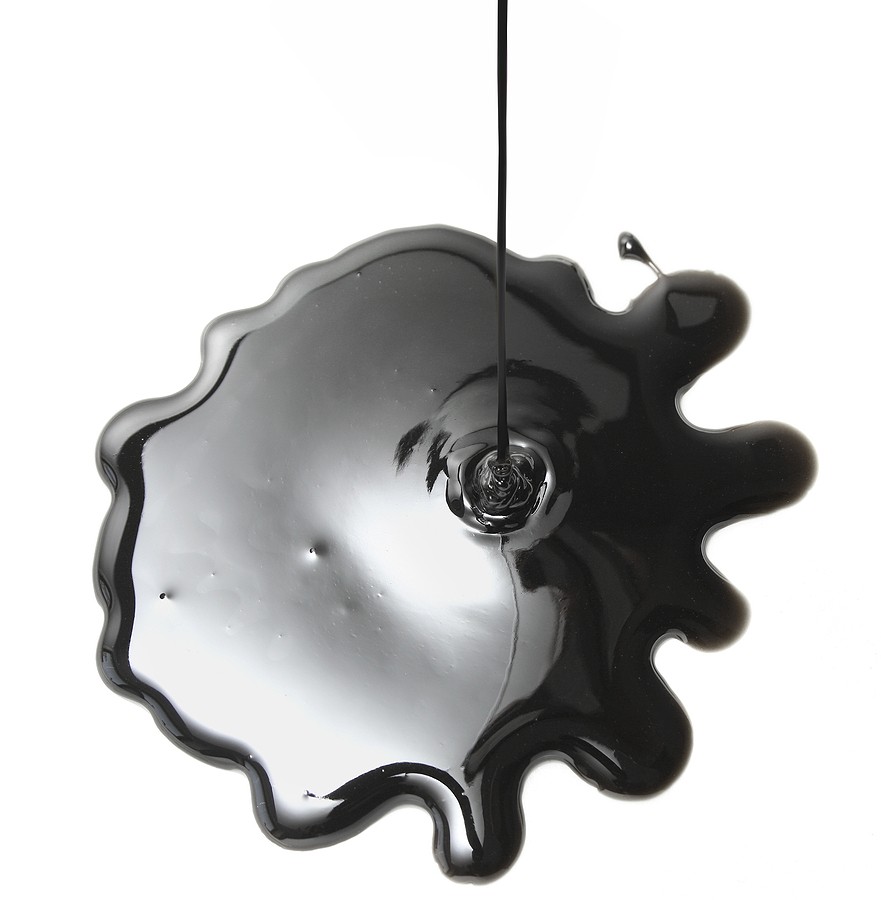The transmission fluid in vehicles protects the gears, bearings, and other transmission components. Therefore, it must be clean and free of debris to do its job properly. If it becomes contaminated with dirt, water, or other substances that reduce its ability to lubricate, the consequences can be catastrophic.
Transmission fluid typically burns at a temperature of around 600 degrees Fahrenheit (or higher) which means that even if you only leave your car parked for a few minutes unattended in hot weather conditions, you may end up with burned transmission fluid on your hands when you return . . . or worse yet, with total engine failure from overheating due to lack of proper lubrication.
this article provides you with all you need to know about “What Are The Consequences Of A Burned Transmission Fluid?”
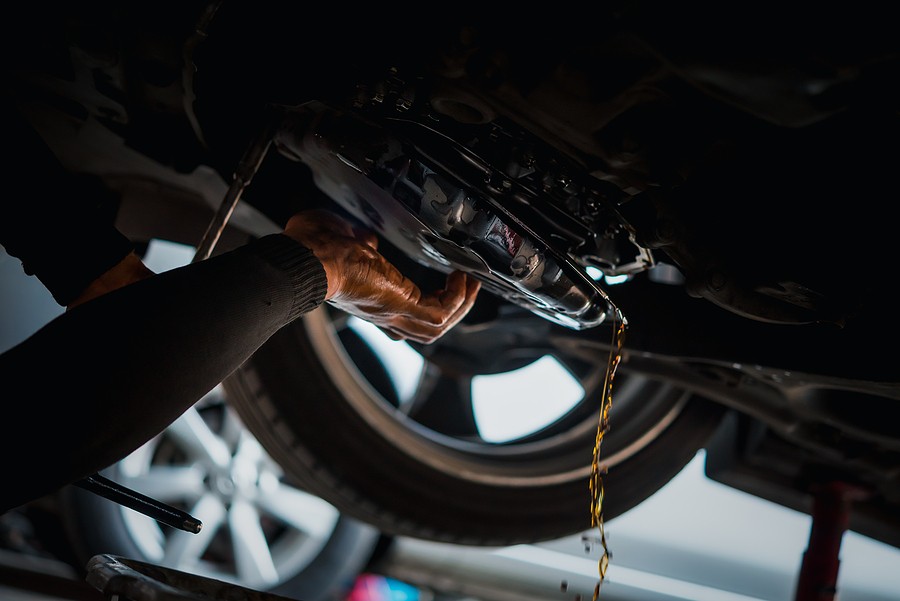
What is transmission fluid, and what does it do?
Transmission fluid is responsible for heat management in the transmission, which means it has to work hard under extreme temperature conditions. It also transfers power from the engine through the transmission to the wheels and protects against wear in bearings, gears, and other drive train components.
More specifically, here are the top responsibilities of the transmission fluid in your vehicle:
#1 lubrication
the first main responsibility of the transmission fluid is to reduce friction between moving parts, without which a car cannot function.
#2 heat management
the second main responsibility of the transmission fluid is to regulate engine temperature. When your vehicle reaches higher speeds, friction increases which in turn causes heat build-up inside the motor. Without proper oiling and cooling, this can cause serious damage to your car.
#3 cooling
the transmission fluid is part of the vehicle cooling system, which reduces heat generated by the moving parts inside the engine. Without this fluid, your car will overheat and shut down.
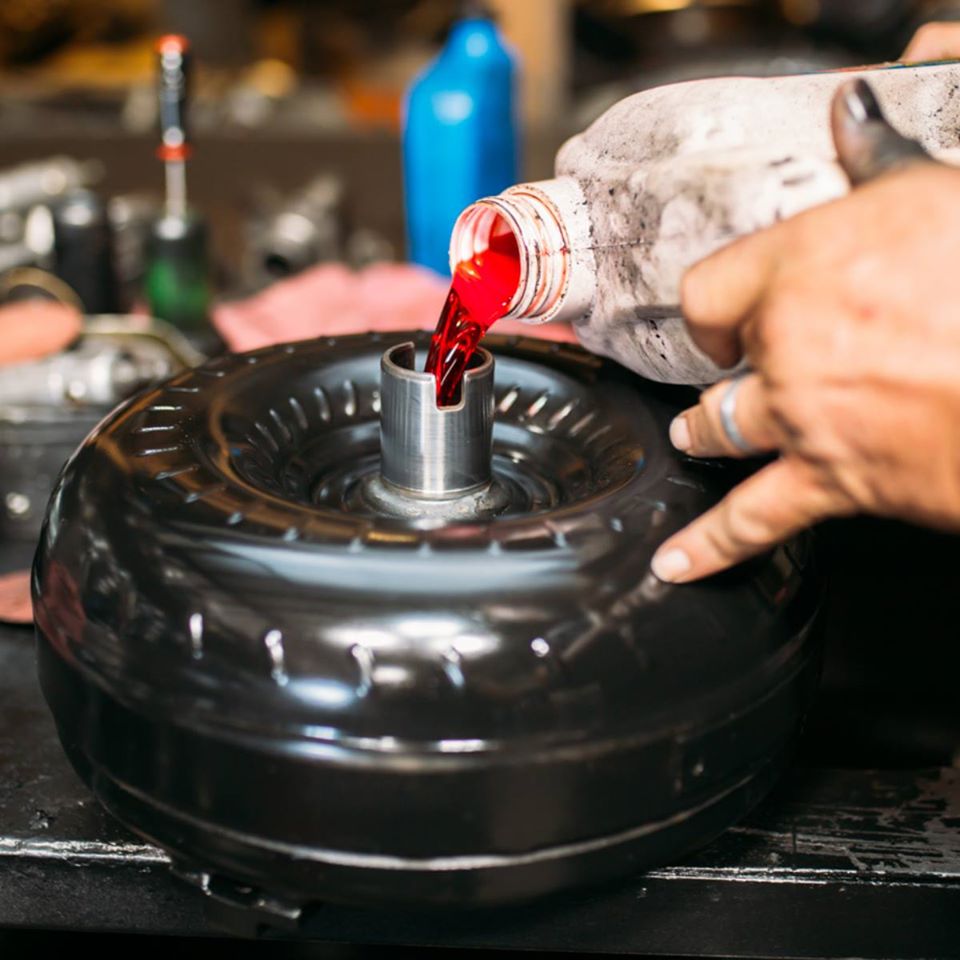
How can a burned transmission fluid cause problems?
A car can typically reach dangerous temperatures for extended periods at speeds of 80 kilometers per hour (50 miles per hour) or above. And even short exposure to these high temperatures can cause transmission fluid to burn.
There are some common reasons for a burned transmission fluid, including:
#1 excess temperature
The main reason for a burned transmission fluid is extremely high temperatures. This can happen due to:
- vehicle overheating
- parking the car in hot direct sunlight (for example, on a hot summer day at the beach) and then driving it later after it's been parked for an extended time low transmission fluid levels
- a transmission system malfunction that prevents the fluid from moving around properly to reduce heat – lack of regular maintenance and oil changes
#2 contamination
contamination can cause burns in both manual and automatic transmissions. Common causes include:
- no regular oil changes (or not using the correct type of oil) – engine failure due to overheating – driving on low fluid levels
#3 foreign objects
Foreign objects can damage the transmission system if they are present in the fluid. Examples include:
- debris from manufacturing
- Dirt, sand, or other substances that get into the car's engine through small cracks or holes – liquid spilled inside the vehicle by occupants #4 low fluid levels
- low fluid levels are another common cause of transmission problems. They can damage the system's internal parts because there is not enough fluid in the pump to move around in the system. This causes overheating, which in turn damages other components in your car's drive train, including bearings, gears, and even engines.
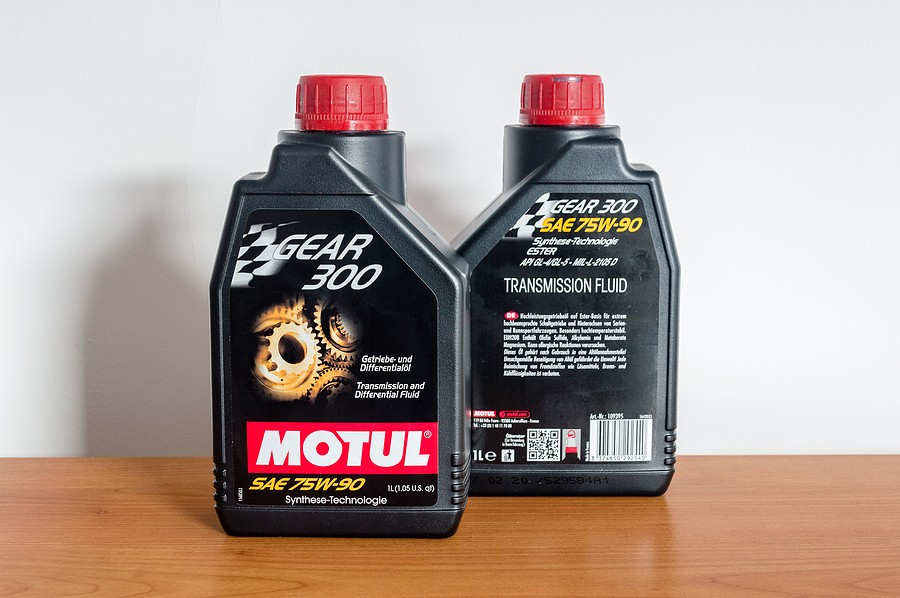
What are some symptoms that indicate a burned transmission fluid?
The most obvious sign of damaged or burned transmission fluid is dark, thickened oil mixed with metallic particles.
It usually looks black or brown but may have a reddish tint depending on what metal contaminants are present. You should also smell any smoke coming from your vehicle when turning it on or see steam rising from underneath if you've just driven the car.
If you believe there is a transmission problem, pop your hood open and examine both the transmission fluid level in the dipstick (ask your mechanic to show you where it is) and the color of that fluid. If either seems off or abnormal, see your mechanic for help.
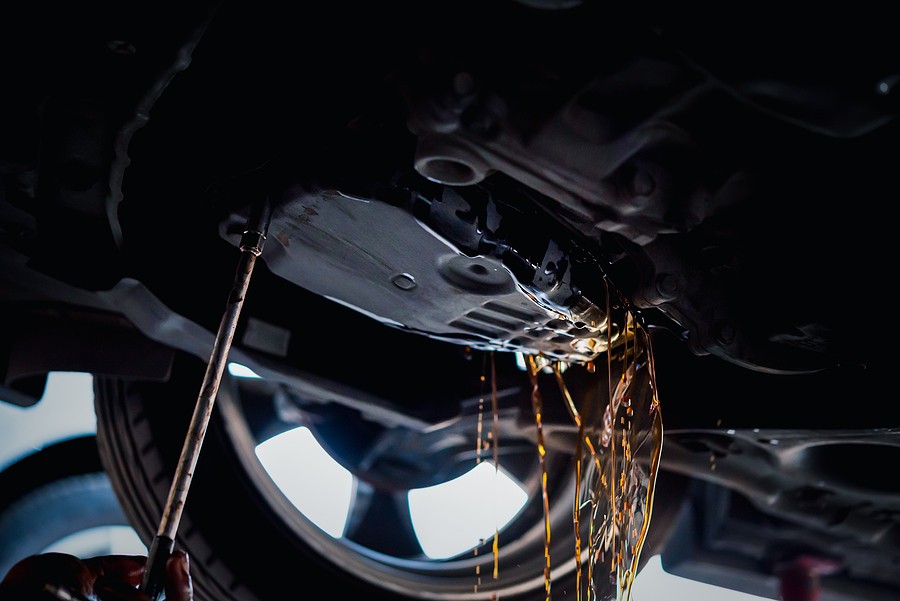
What are the consequences of a burned transmission fluid?
A burned transmission fluid damages all drive train parts, including engine belts, seals, bearings, gears, and other components.
This can lead to potentially catastrophic problems with power steering, brakes, electrical wiring even rust – not only on the inside but also outside of your car!
In general, here are the most critical ten consequences of a burned transmission fluid:
#1 lack of lubrication
When the transmission fluid burns, it can cause permanent damage to all of the gears and bearings in your car's drive train.
Without this lubrication, they will wear out more quickly and eventually break down – this means you'll need a whole new transmission system as soon as possible (usually for thousands of dollars).
#2 internal engine failure
When the transmission fluid burns, it also damages engine belts, seals, and other parts. This can lead to serious problems with oil pans, valves, and pistons that will require professional assistance from a mechanic.
And without regular maintenance or fluids changed out on time, these internal engine problems can lead to further severe issues such as blown gaskets, so be sure to get help if you have any doubt about your vehicle's drivability.
#3 overheating
Transmission fluid is the lubricant that keeps gears in your car's transmission system cool when you are driving. If it burns, this function is damaged, and your car will overheat more quickly while it's being driven because there is no longer any cooling inside the engine.
Without proper cooling, all of the parts in your drive train will be at risk for damage – not to mention the potentially catastrophic damage your whole engine can suffer if it overheats enough!
#4 excessive wear on bearings
When the transmission fluid burns, it affects every part of the drive train, including belts, seals, and bearings that carry power within your vehicle from one place to another.
Without this fluid providing a cool, smooth surface to ride on, your car's bearings will wear out much more quickly, and the entire drive train will need to be repaired or replaced.
#5 overheating of brakes
When transmission fluid burns while driving, it can cause overheating in the hydraulic brake system and power steering systems – this is extremely dangerous because they can fail. Still, this overheating also cause them to work less effectively when running at all!
This contributes further to overheating issues that can ultimately lead to engine failure if left untreated.
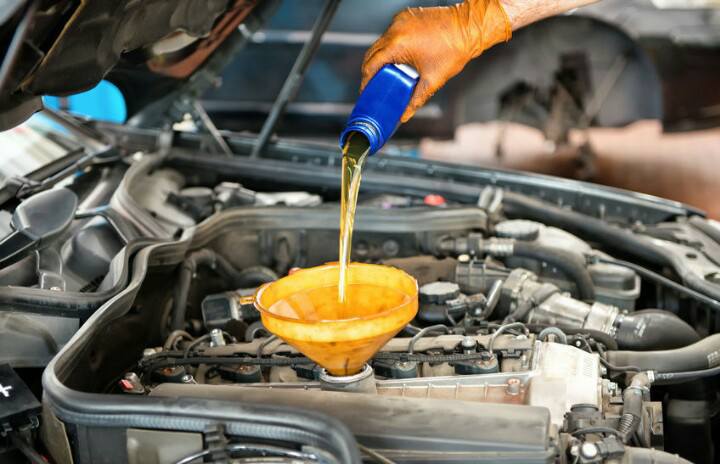
#6 electrical damage
When the transmission fluid burns, it also affects other components in your car's wiring system, including sensors, relays, and even connectors. All of these areas will need to be checked and repaired as soon as possible to prevent further damage to your car.
#7 loss of power steering
Transmission fluid provides the lubrication that allows power steering systems to function properly. When this fluid burns, it can cause severe damage to all system parts, including hoses and seals.
Because these small but essential components wear out much more quickly without this fluid, they will need professional assistance from a mechanic as soon as you notice any change in how easy it is to turn your steering wheel when driving.
#8 rusting outside the car
In addition to its effects on internal engine components, transmission fluid contains chemicals that lubricate gears inside the drive train – those same chemicals are highly acidic and corrosive. If these chemicals are left to burn on or around your car's exterior, they will eat away at the paint and damage all other metal components.
#9 rusting inside the car
Without transmission fluid lubricating engine parts, you'll experience wear and tear inside the vehicle that can cause rusting in places you would have never expected – including wiring terminals, brake lines, floors, and even outside surfaces of the vehicle.
#10 potential fire hazard
Because transmission fluid is a flammable liquid, a major burn can become a fire hazard if it comes into contact with any sparks or open flame nearby.
This risk is most likely when your car overheats (which is triggered by lack of transmission fluid), but make sure to check for any sign of a burning smell or other signs of possible fire damage as soon as you notice your transmission fluid having been burned.
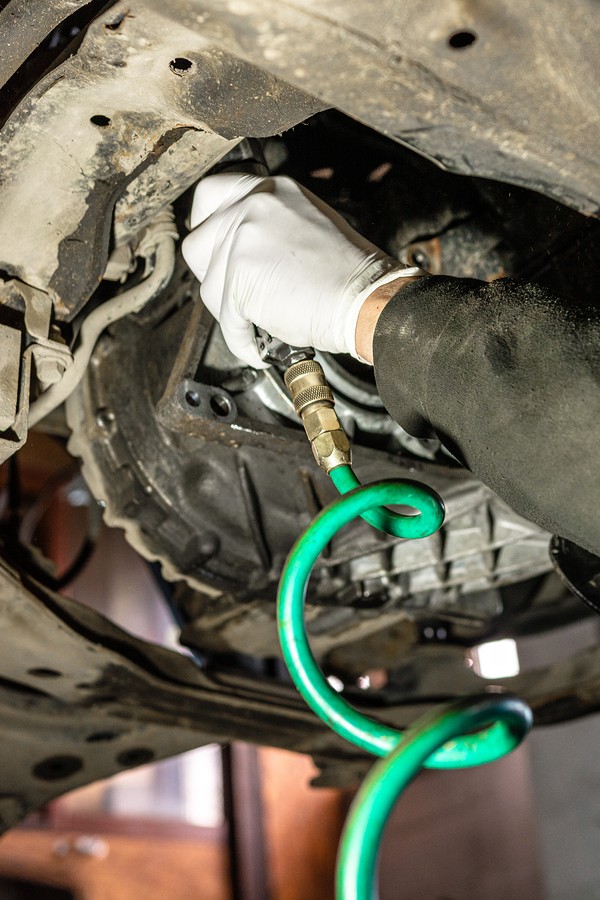
How much does it cost to fix problems with burned transmission fluid?
The cost of repairing burned transmission fluid ranges widely depending on the extent of the damage. You can expect to pay about $130 for minor leaks or smaller problems – a medium-sized leak will be a more costly repair at around $450, and a major, worst-case scenario is likely to approach $1500 in total costs!
Keep in mind that costs differ significantly depending on several factors, including:
#1 your vehicle's make, model, and year
The first two factors are pretty obvious – the older your vehicle, the more extensive (and costly) any repairs you'll need to make. The age of your car also means that it will be worthless when you sell it – this is especially important if major problems need to be repaired.
#2 the extent of the damage
the more fluid that burned and leaked out, the more extensive (and expensive!) any required repairs will be. This is because every component within your drive train needs to be inspected for wear and tear, rusting, or other problems caused by not having enough transmission fluid there in the first place.
#3 where you take your vehicle for repair
Although most reputable mechanics cost about $130-200 per hour in labor, you can expect to pay $45-60 per hour less by taking your vehicle to both a transmission specialist and an auto mechanic. Make sure to call around for estimates before allowing anyone near your car!
How do I prevent having my transmission fluid burn?
You can do several things that will help keep your transmission fluid from burning: – Change your fluid every 3-5 years (or per manufacturer's recommended service interval) even if it hasn't been burned.
More specifically, here are the top 10 tips to prevent burning your transmission fluid:
#1 regular checks
If you keep up with regular maintenance, you probably have a better chance of catching a problem before it becomes a crisis. If your fluid smells burnt or has shown signs of being close to the end of its recommended service life, take it in for professional service right away!
#2 check your transmission fluid regularly
every time you fill up with gas, get out and open the hood – look at the level on the dipstick and add more if necessary.
#4 change your filter every 30,000 miles
this is another common cause of burned transmission fluid that should be checked regularly. A bad filter keeps air circulating around your transmission components properly while allowing contaminants to enter through any fresh openings.
#3 check for leaks often
look underneath your car frequently, especially before long drives – check for small leaks by looking at all of the transmission fluid lines you can find.
#5 take care of your transmission components
keep all belts and hoses from being pinched or rubbed by other parts – clean off any corrosion as soon as you see it.
#6 use a good quality fluid
the best transmission fluids are not cheap, but they're worth the extra cost for better performance and longevity. Look for synthetic transmission fluid specifically made for your vehicle's make and model.
#7 know when to have repairs done
if any of the above problems become evident, consult a professional immediately. Allowing a simple problem to become a more serious one may cost you several times more in the long run!
#8 know how to drive
when accelerating, do so smoothly and in a lower gear – if you need to brake or slow down for any reason, lightly press the pedal and don't come to an abrupt stop. This reduces the risk of transmission failure through overheating.
#9 avoid overloading your vehicle
try not to carry too much weight in your trunk – if you're traveling with a heavy load, take frequent breaks to let the engine and transmission cool down.
#10 ask a professional for help if needed
don't be afraid to consult someone who knows their stuff – don't listen to the guy on the side of the road who claims he's a transmission expert. Though he probably means well, he may not have the proper expertise to repair your vehicle!
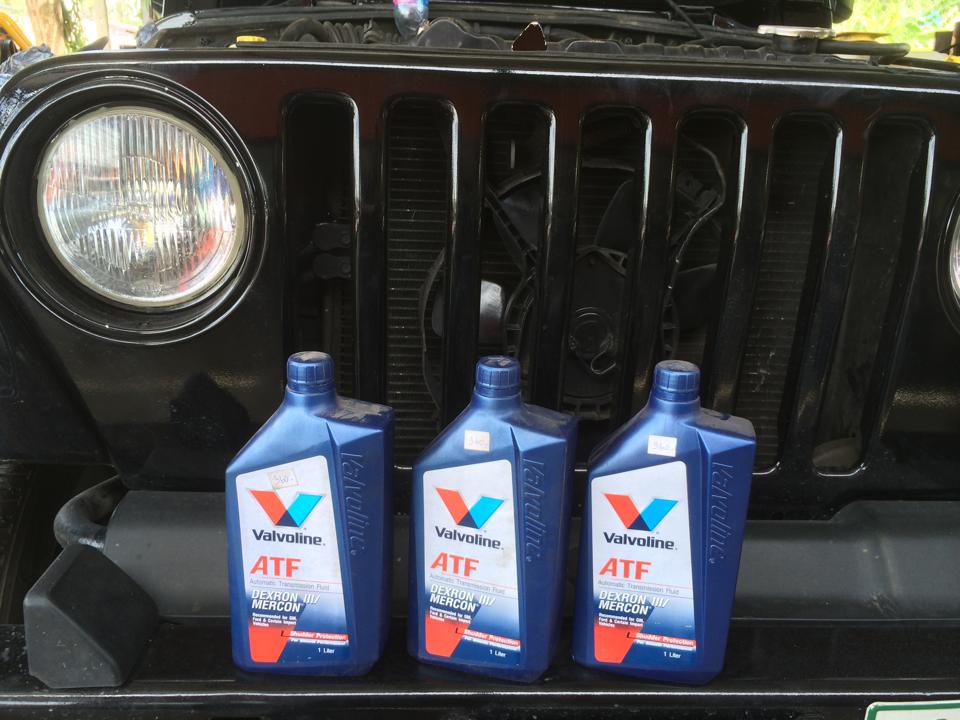
Conclusion
If you are experiencing any of the symptoms described above, it's important to have your vehicle inspected by a transmission professional as soon as possible. The consequences of driving with burned fluid can be catastrophic and expensive if not addressed immediately.

